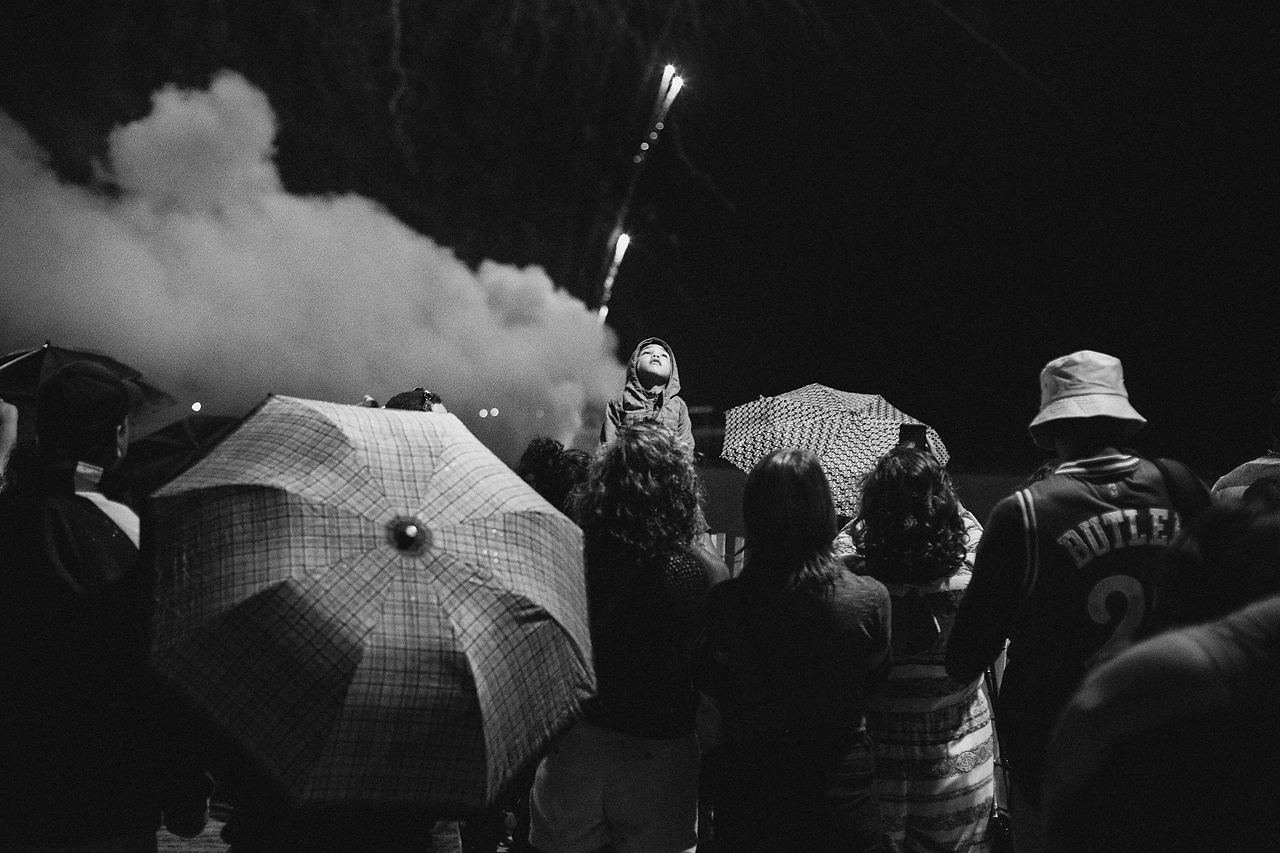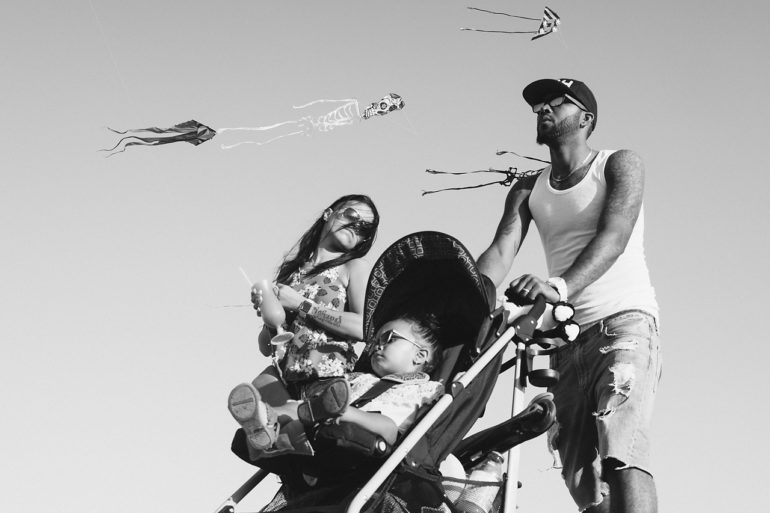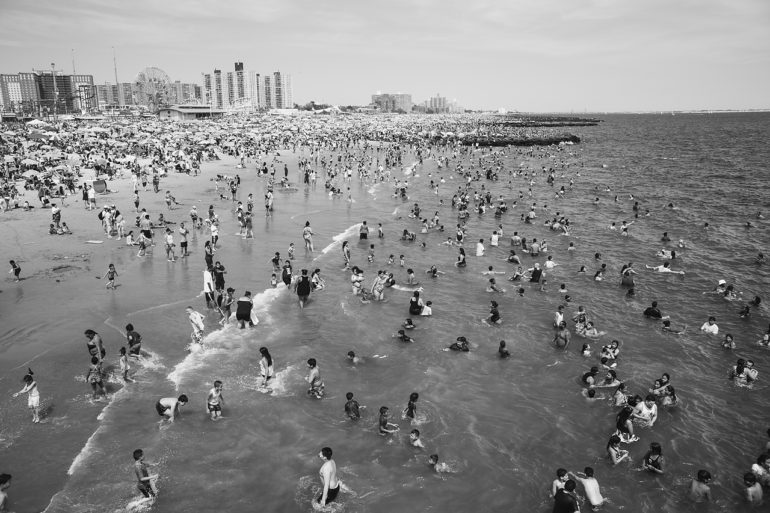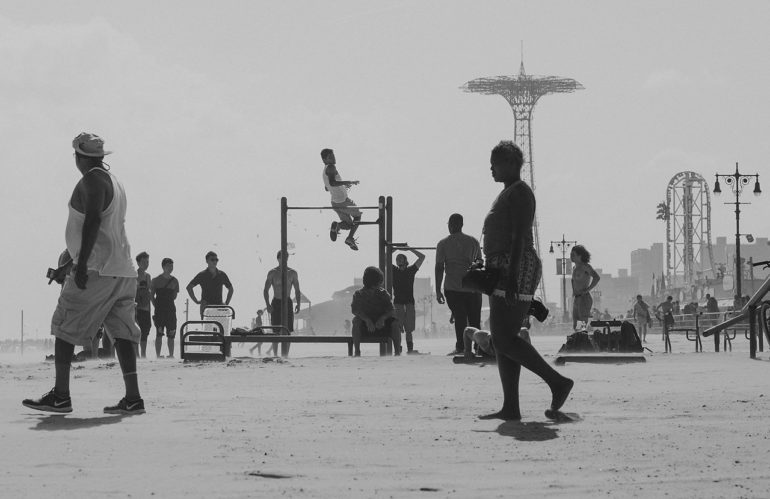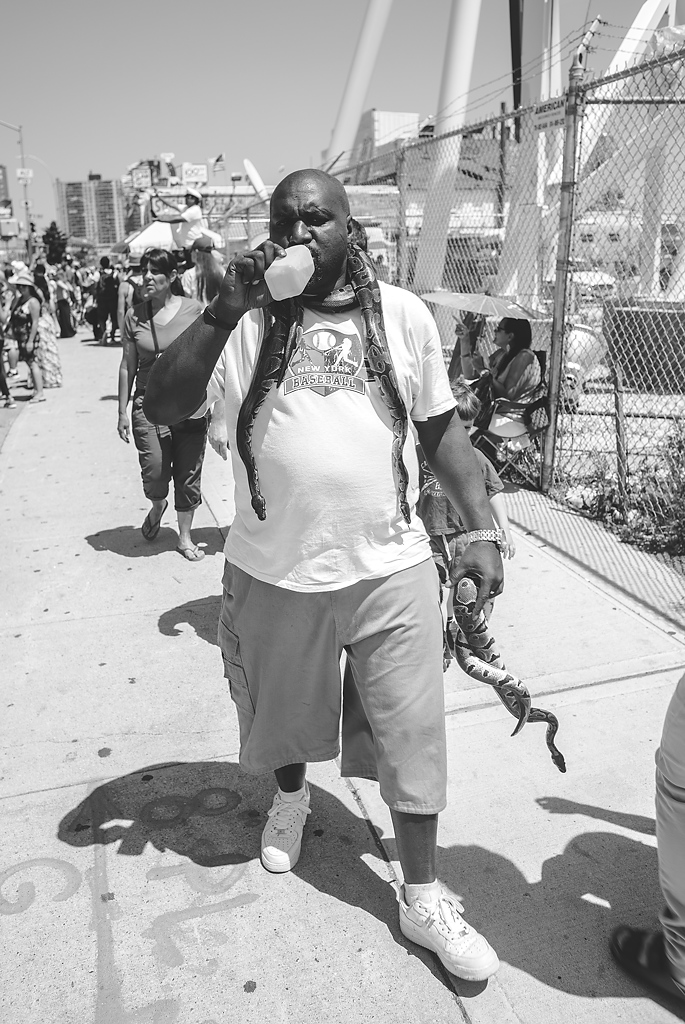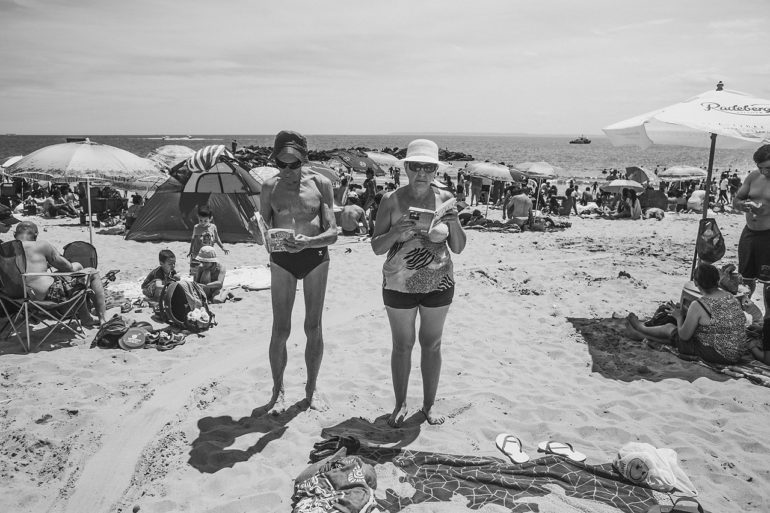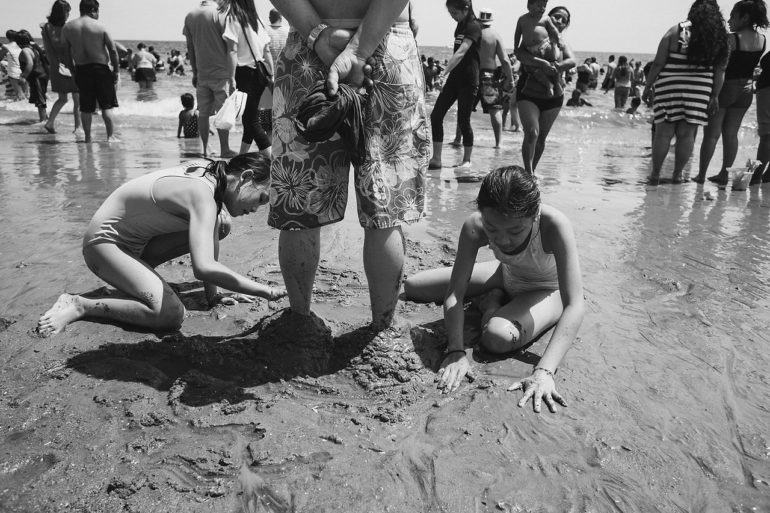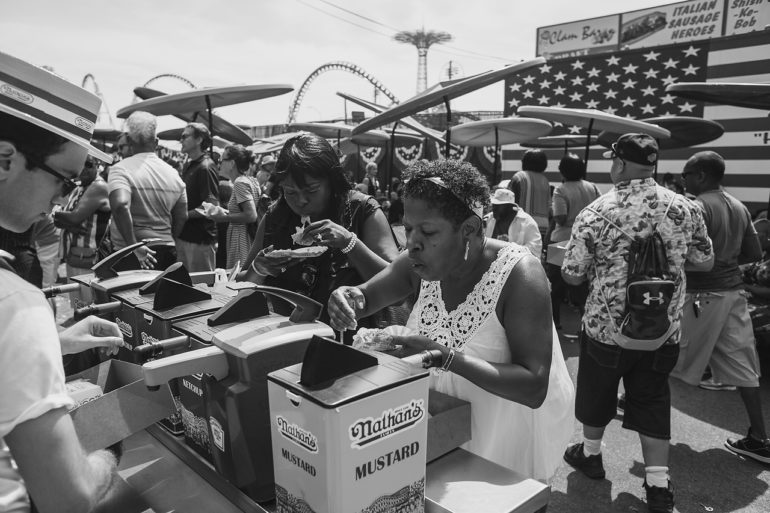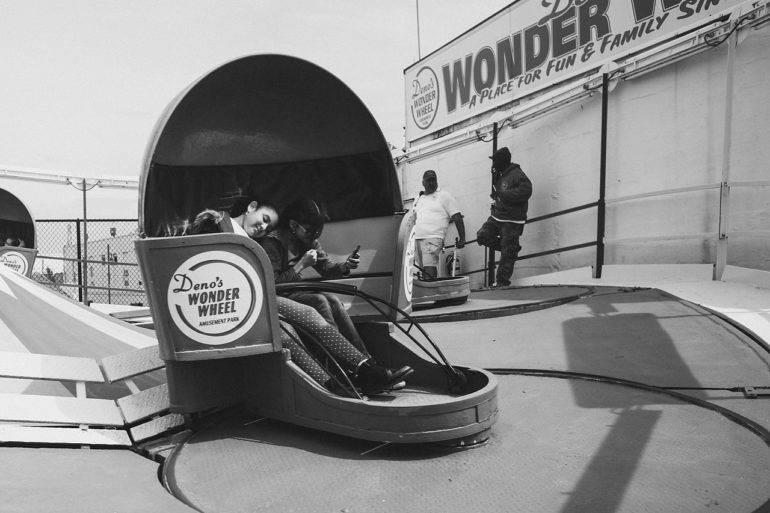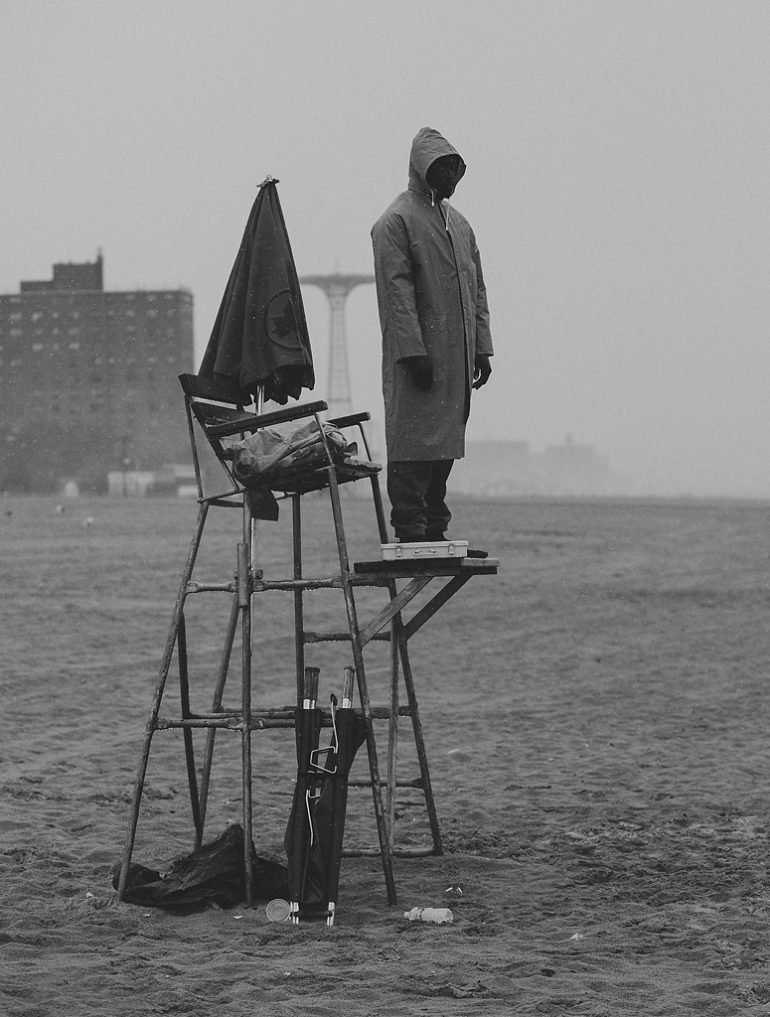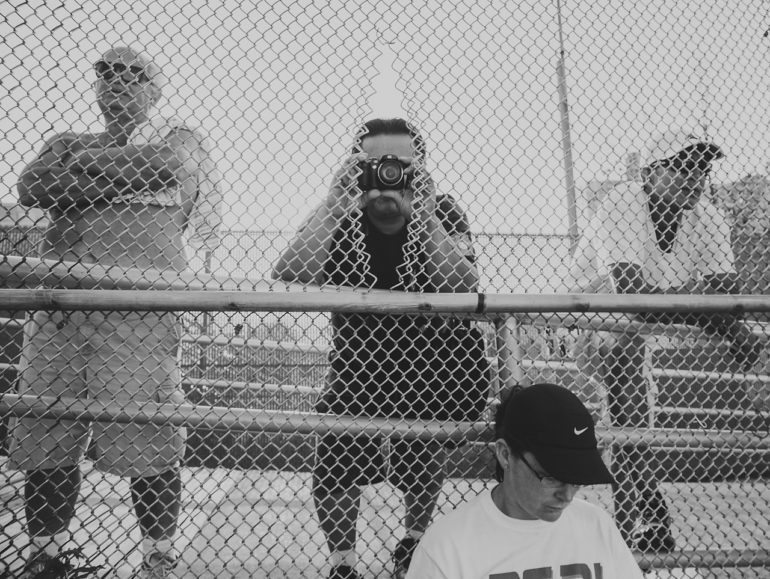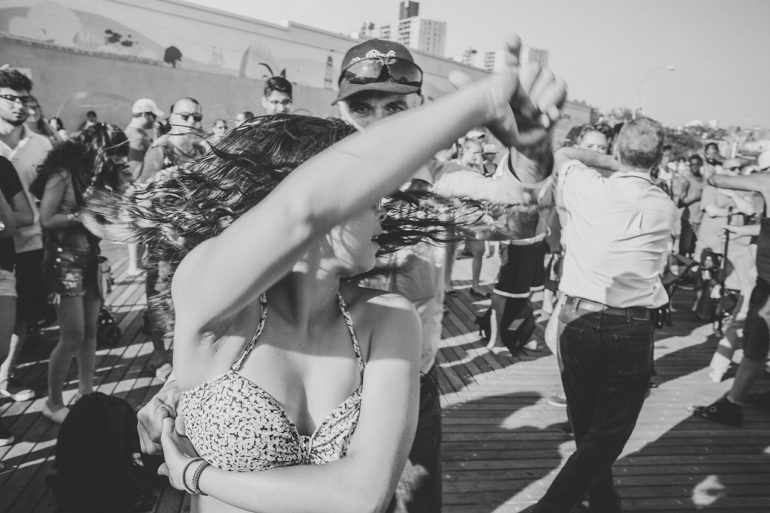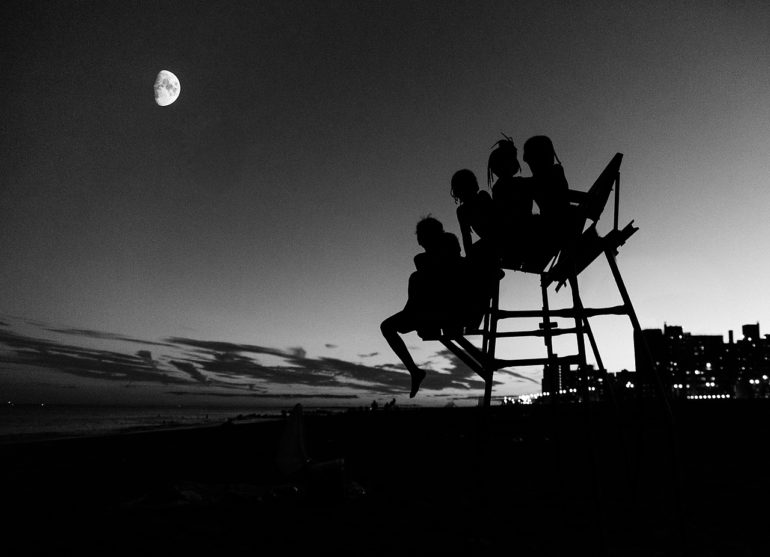Last Updated on 07/22/2018 by Mark Beckenbach
All images by Luc Kordas. Used with permission.
We’ve featured photographer Luc Kordas a number of times on our website, and his latest project features Coney Island. The popular Brooklyn tourist destination is iconic for a number of reasons, and in the past few years it has arguably become a hot spot for street photographers. Those looking to start out will have a much easier time honing both their ethical standpoints and their photography chops. At the same time, veterans will find a number of creative challenges that keep them coming back. For Luc, he’s been all about being an observer.
Editor’s Note: Luc is holding a workshop in Coney Island very soon. You can sign up here.
Phoblographer: What makes Coney Island appeal so much to you as a photographer?
Luc: Coney Island is an iconic spot for all street photographers working in the US. So many legends photographed here. Some came back regularly for decades; there’s no shortage of photo books on Coney Island. There’s a good reason for it. It’s a vibrant spot that’s full of life in its many facets. Most photographers come in the summer for events like the Mermaid Parade or the Independence Day and again, there’s a good reason for it. Coney Island is at its most interesting in the summer with crowds swarming the boardwalk and the beach, but I generally tend to gravitate towards quiet moments in the streets, so I actually find Coney more interesting off season. There’s more magic to the boardwalk in the middle of a snowstorm or the beach on a sunny but freezing cold day in January. If you look at the most known images of Coney, I bet you 80% of them are shot in the summer, but I moved to Coney Island two years ago to be able to photograph it all year round and I actually have more winter snowy shots than the summer ones.
Phoblographer: How does it differ from other areas in terms of street photography? I mean, you’ve done so many different projects that we’ve featured before, so what makes Coney Island so magical?
Luc: Coney Island is specific because it doesn’t feel like New York and yet you’re still mostly photographing New Yorkers, but in a beach/summer mode. Plus, there’s a good amount of tourists from all over the world, because Coney Island is included in every New York City guide book. I am myself very much a beach person; I love being in the sun, swimming in the ocean or jogging on the boardwalk and so being there as a photographer seems kind of natural as well. If you find photographing people in the streets hard, or if you think subway is difficult, try taking photos of half naked people on the beach. That’s really hard. I think it’s the most challenging street situation I know. I am not shy about taking pictures on the boardwalk, but it takes guts to photograph beach goers up close in a candid way. I know quite a few street photogs who talk to their subjects before shooting, that seems like a very good idea to avoid awkwardness or something worse, so a lot of their work is essentially posed portraits, but if you want to do it candidly, that’s really hard. You’re likely to get a lot of mean looks and to be confronted, especially if you happen to photograph kids, who are always a sensitive subject matter. That’s why Coney Island is quite different from the streets of New York, but that’s exactly what makes it special.
Phoblographer: With street photography, you have to be vulnerable to a point to your subjects. With so many people around in Coney Island, how do you concentrate and look for those moments?
Luc: The boardwalk in the summer is a perfect spot to shoot. You’re unlikely to be noticed not only because there are heaps of people around, but also because every other person has a camera, so you’re just another tourist in the crowd. Like I said before, the beach is a much tougher situation, because if you look at it from a random beach goer’s perspective, what’s a logical explanation to a guy walking down the beach and taking pictures of random people in bathing suits, including children? Do you have an easy answer to that? Do you think people take the ‘I’m a street photographer’ spiel well? I don’t find it difficult to concentrate though; just like in the streets, you focus on moments and details. Now, the boardwalk and the beach in winter, where your subject sees you approaching from way afar, that’s a different story too, because they will see you coming their way with a camera, they will see you raising the camera, and you need to come close, literally walk straight at them. It’s hard to do candid street when you and the subject are the only people within a half a mile radius. You just gotta be open and honest about it and not be a stealth photographer shooting from the hip. It’s not gonna work, it’s gonna make things awkward.
Phoblographer: Tell us about the gear you’ve used to do this type of work and how it helps you?
Luc: I’ve been mostly shooting with a DSLR camera because it’s quick and reliable; I don’t have to worry about carrying four batteries with me or electronic viewfinders not being fast enough. The main shortcoming of those cameras though is the size and weight. It’s tougher not to be noticed. I’ve been also using a Fuji XT-2 with a 27mm pancake lens, which was great because of its size, but it wasn’t as fast and reliable as my DSLR, I had to change batteries every hour, the evf was slow and seemed artificial and I didn’t love the quality of the pictures either. I know I’m in a minority here: most people rave about the XT2 and many pro photogs are switching from DSLR’s, but I remain unconvinced. That being said, I did shoot a lot with the XT2 the last two years because I loved the fact I could carry it in my coat pocket….until I lost it last month.


